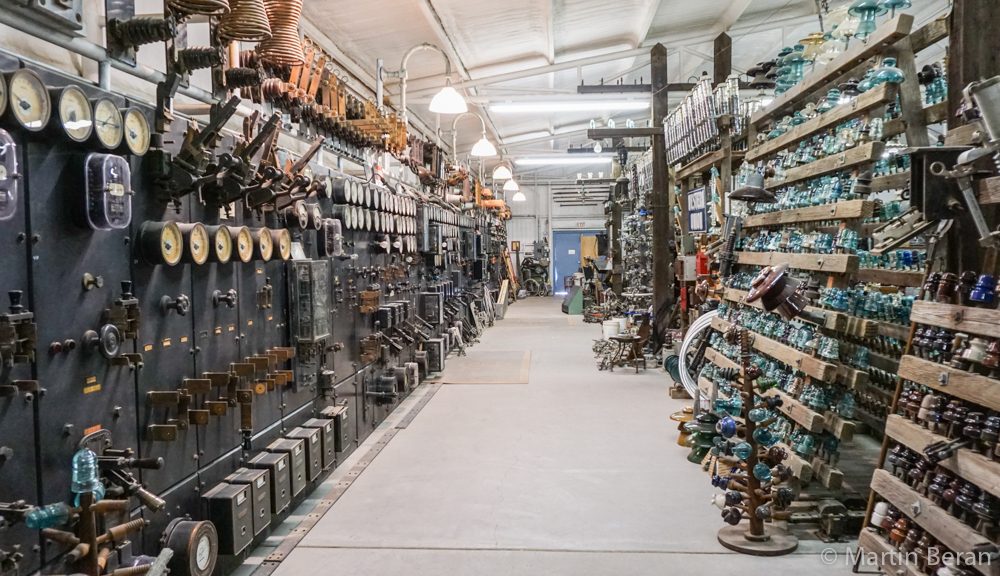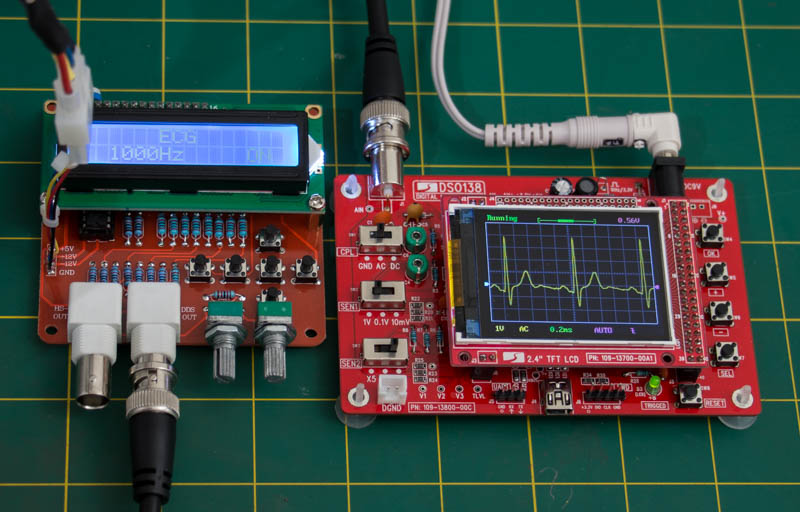No strings attached!Dead Rail Prototype Project
I stumbled across the topic of radio controlled model trains, powered by onboard batteries several times in recent years. Especially within the 0-scale narrow gauge community there seems to be a growing interested in this kind of operation. As there are no ready to run train sets available at the time, “Dead Rail”- as the experts call it, is for tinkers who like to experiment. Well, that for sure triggered my curiosity and I started my own little Dead Rail…




